
Social Readjustment Rating Scale (SRRS):
The following instrument is based on the premise that good and bad events in one’s life can increase stress levels and make one more susceptible to illness and mental health problems (Holmes & Rahe, 1967).
1. Death of a spouse 100
2. Divorce 73
3. Marital Separation 65
4. Jail term 63
5. Death of a close family member 63
6. Personal injury or illness 53
7. Marriage 50
8. Fired at work 47
9. Marital reconciliation 45
10. Retirement 45
11. Change in health of family member 44
12. Pregnancy 40
13. Sex difficulties 39
14. Gain of a new family member 39
15. Business readjustments 39
16. Change in financial state 38
17. Death of a close friend 37
18. Change to different line of work 36
19. Change in no. of arguments with spouse 35
20. Mortgage over $ 50,000 31
21. Foreclosure of mortgage 30
22. Change in responsibilities at work 29
23. Son or daughter leaving home 29
24. Trouble with in-laws 29
25. Outstanding Personal achievements 28
26. Wife begins or stops work 26
27. Begin or end school 26
28. Change in living conditions 25
29. Revision of personal habits 24
30. Trouble with boss 23
31. Change in work hours or conditions 20
32. Change in residence 20
33. Change in school 20
34. Change in recreation 19
35. Change in religious activities 19
36. Change in social activities 18
37. Loan less than 50,000 17
38. Change in sleeping habits 16
39. Change in no. of family get- together 15
40. Change in eating habits 15
41. Vacation 13
42. Holidays 12
43. Minor violation of laws 11
SCORING:
Each event should be considered if it has taken place in the last 12 months. Add values to the right of each item to obtain the total score. Your susceptibility to illness and mental health problems:
Low < 149
Mild = 150-200
Moderate = 200-299
Major>300
Essentially, each of these events results in a change to some part of your life. For example- in 2005, I moved to Tenerife as an Australian expatriate during which time I experienced many simultaneous life changes in a very short space of time: new culture, new society, new work environment, new family, new friends, etc.
I can look back and calculate that not long after moving here my score would have been well over 400, shortly before I contracted a severe case of adult chicken pox, nudging the score closer to 500, then immediately followed by my episode of chronic depression, adding another 50 points onto the score. That’s an extreme level of stress, despite none of the top 10 completely life-altering events occurring.
We already know that stress is linked with increased rates of violence, major illnesses such as heart disease, stroke, cancer & diabetes, in addition to other mental diseases (chronic depression, ADHD, etc). When you consider the top 10 causes of death in developed nations, stress appears to be the biggest killer of all! So in hindsight, it’s easy for me to ask: why can’t we begin to use the Social Readjustment Rating Scale to predict stress and anxiety levels among the general population in order to prevent or at least reduce the negative health consequences from even occurring?
Tags: Island Life, Mental Anguish, Vida Enigmática by Dr. Leslie Brown
1 Comment »







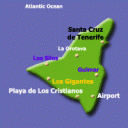
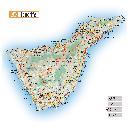

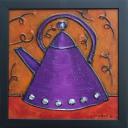



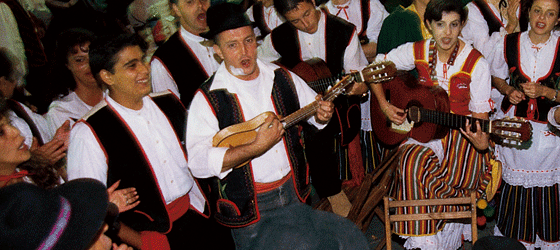


















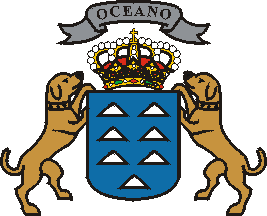





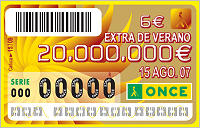






 Â You can check out their official website here:
 You can check out their official website here: 

